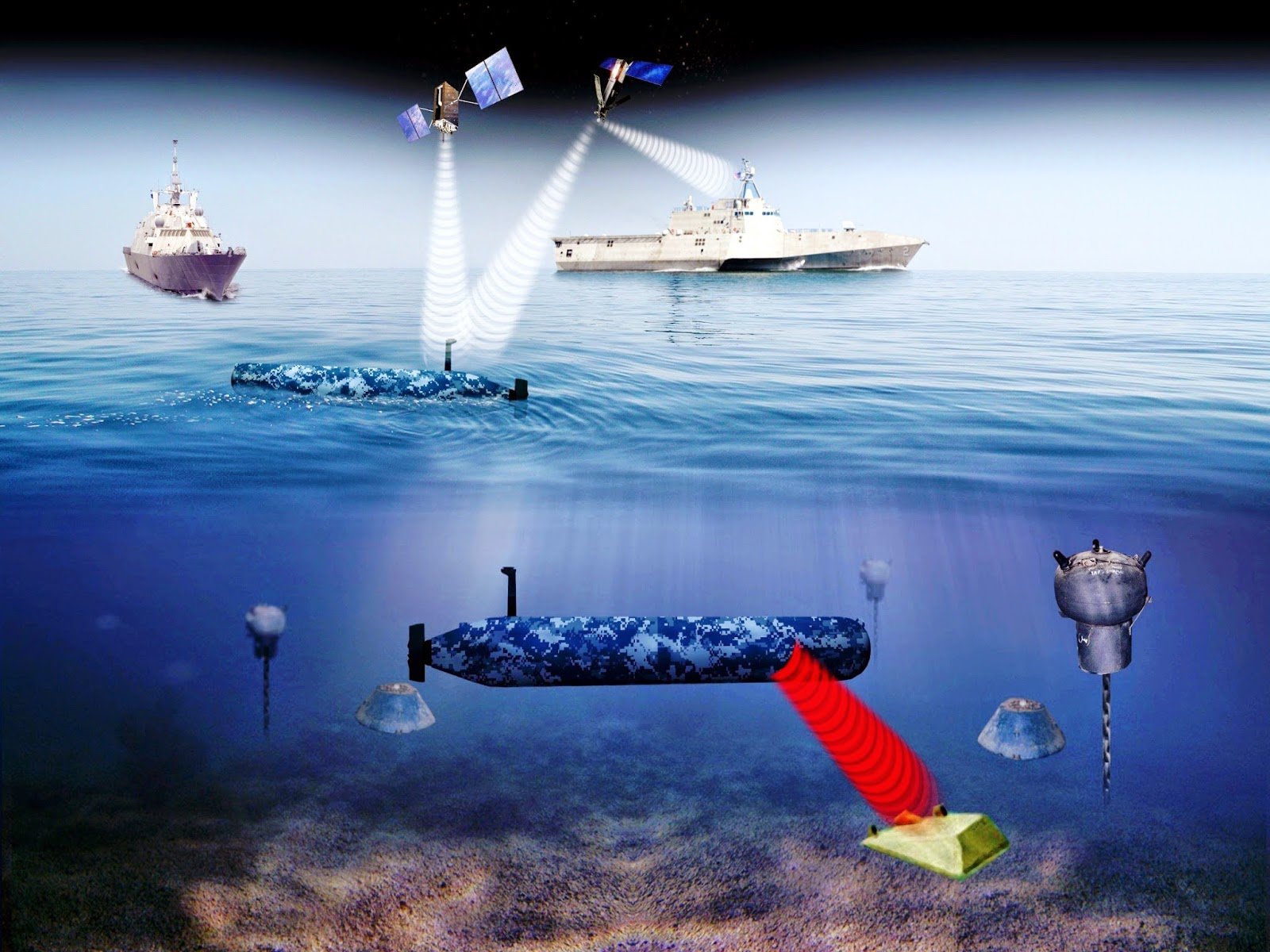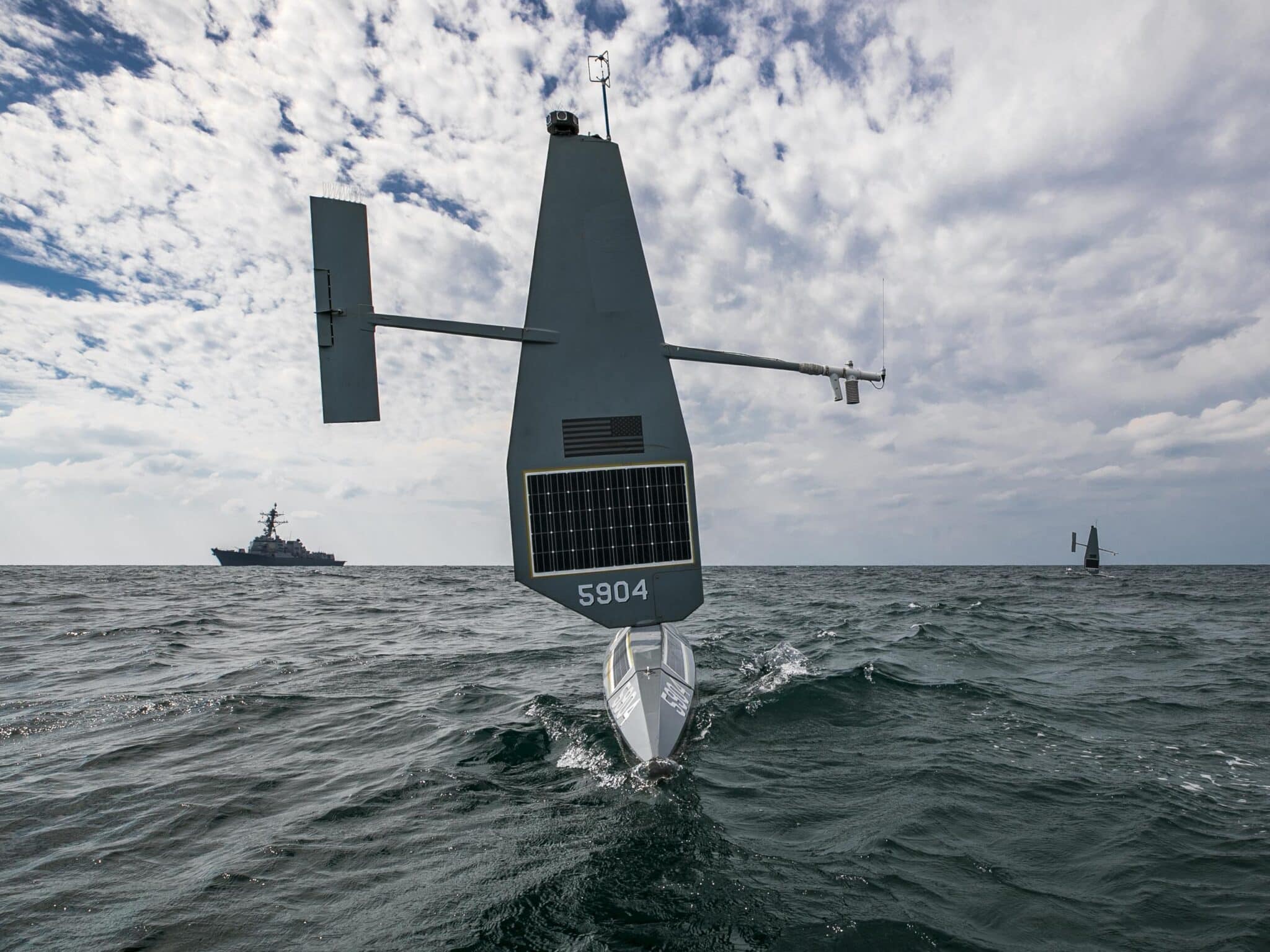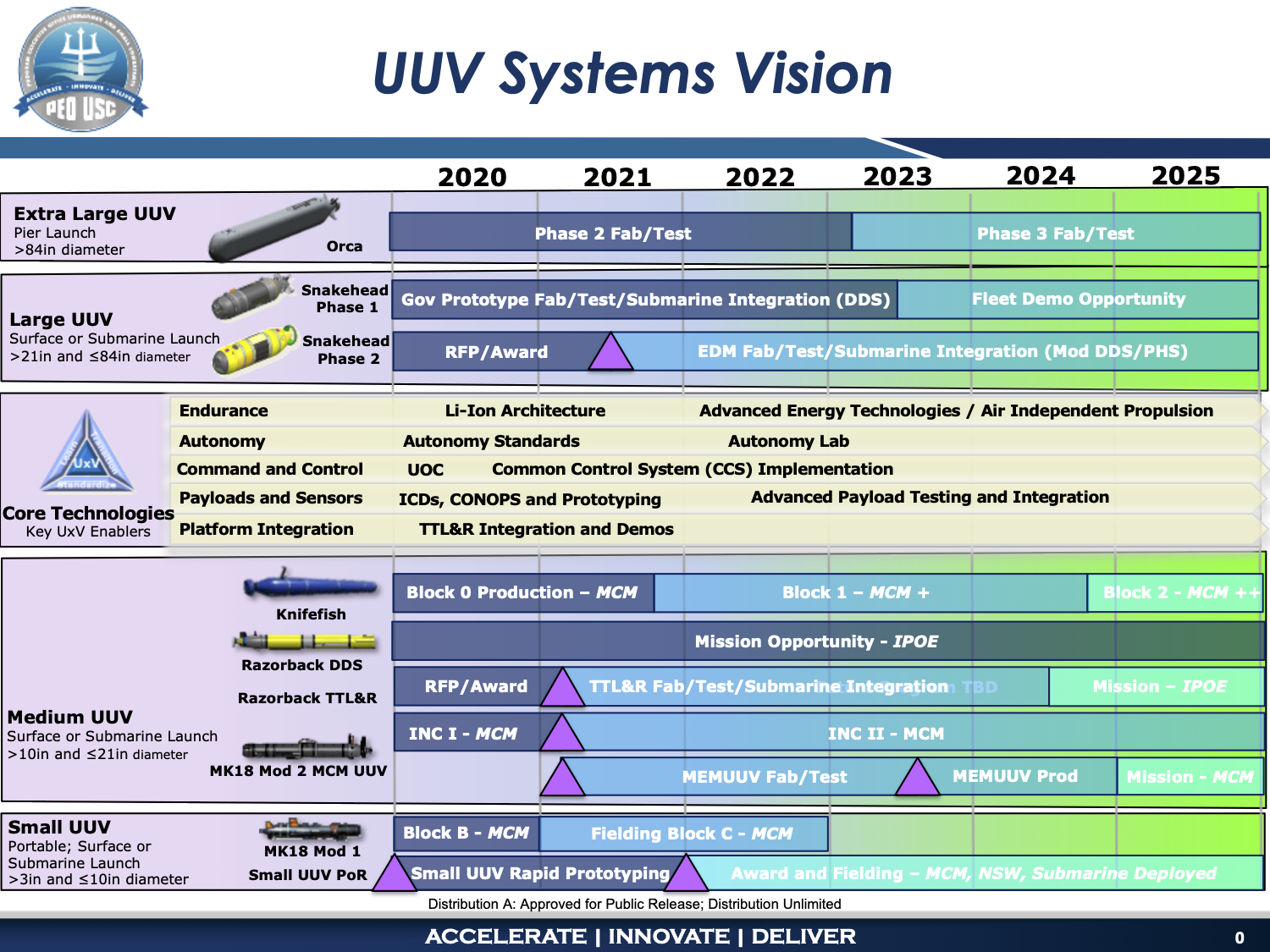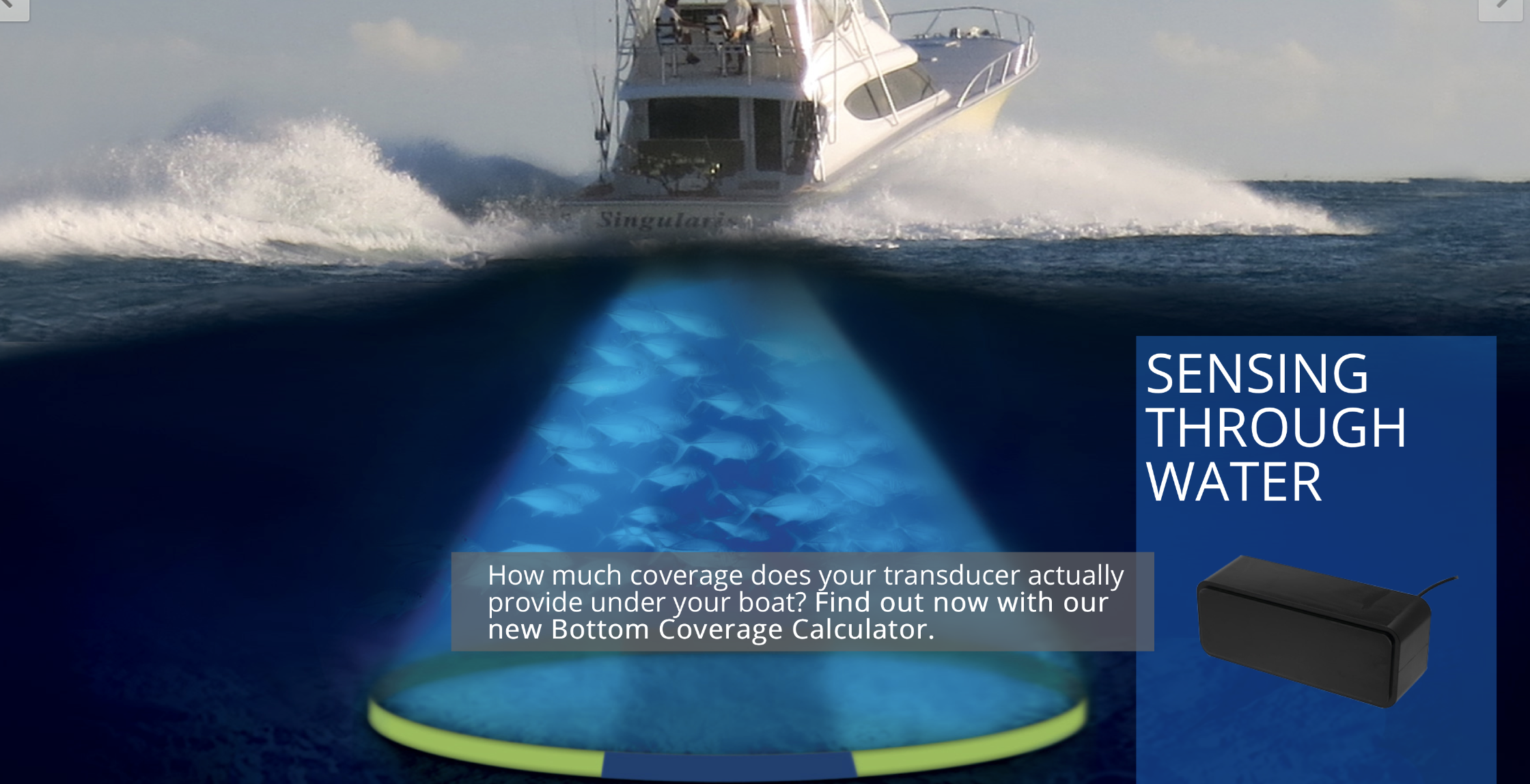World Updates | Update information about politics and social around the world
The Eagle S Ship: The Ultimate Guide To Unmanned Maritime Systems
Is there a comprehensive guide that can help understand the complexities of Unmanned Maritime Systems (UMS)?
Editor's Note: "The Eagle S Ship: The Ultimate Guide To Unmanned Maritime Systems" has been published recently, addressing this exact need. This publication is crucial for anyone seeking to delve into the rapidly evolving world of UMS, as it provides a comprehensive and up-to-date resource on the subject.
Our team has meticulously analyzed and gathered information to present this guide, aiming to support our readers in making informed decisions regarding UMS.
The Eagle S Ship: The Ultimate Guide To Unmanned Maritime Systems covers various essential aspects of UMS, including:
FAQ
This comprehensive FAQ section addresses commonly asked questions and clarifies misconceptions surrounding unmanned maritime systems.
Question 1: What are the primary advantages of unmanned maritime systems?
Unmanned maritime systems offer significant benefits, including increased safety, reduced operating costs, enhanced mission capabilities, and improved data collection and analysis.
Question 2: Are unmanned maritime systems fully autonomous?
While unmanned maritime systems operate without a crew onboard, they are not fully autonomous in most cases. They typically require remote supervision and control by human operators.
Question 3: What are the different types of unmanned maritime systems?
Unmanned maritime systems encompass a wide range of platforms, including surface vessels, underwater vehicles, and aerial drones. Each type serves specific purposes and missions.
Question 4: What are the legal and regulatory considerations for operating unmanned maritime systems?
Operating unmanned maritime systems involves adhering to various legal and regulatory frameworks. Jurisdictions may have specific requirements for safety, liability, and data protection.
Question 5: How can unmanned maritime systems enhance maritime security?
Unmanned maritime systems play a vital role in maritime security by performing tasks such as surveillance, border patrol, and mine countermeasures, enhancing situational awareness and improving response capabilities.
Question 6: What is the future of unmanned maritime systems?
The future of unmanned maritime systems holds promising advancements in autonomy, connectivity, and integration with other technologies. This will expand their capabilities and applications across various maritime sectors.

Maritime Unmanned Systems - Source mavink.com
The Eagle S Ship: The Ultimate Guide To Unmanned Maritime Systems provides in-depth insights into this rapidly evolving field, covering technological advancements, industry trends, and future prospects.
Transitioning to the next article section: The Evolution of Unmanned Maritime Systems
Tips

IMSC Task Force Completes Maritime Exercise with Unmanned Systems, A.I - Source www.navalnews.com
For more detailed guidance on unmanned maritime systems, refer to The Eagle S Ship: The Ultimate Guide To Unmanned Maritime Systems.
Tip 1: Define Mission Objectives: Clearly establish the goals and intended outcomes of the unmanned maritime operation. This helps prioritize capabilities and guide system design.
Tip 2: Conduct Risk Assessments: Thoroughly evaluate potential risks associated with the mission, including environmental factors, equipment malfunctions, and cyber threats. This allows for the development of mitigation strategies.
Tip 3: Establish Communication Protocols: Define clear communication channels and protocols between the unmanned system, control center, and other stakeholders. This ensures effective coordination and decision-making.
Tip 4: Ensure Cybersecurity: Implement robust cybersecurity measures to protect the system from unauthorized access, data breaches, and malicious attacks.
Tip 5: Train and Qualify Operators: Provide comprehensive training and qualifications for operators responsible for controlling and maintaining the unmanned system.
Tip 6: Test and Validate Regularly: Conduct rigorous testing and validation procedures to ensure the system meets performance requirements and can operate safely in real-world conditions.
Tip 7: Monitor and Analyze Data: Continuously monitor system performance and analyze data to identify areas for improvement and optimization.
Summary: By following these tips, practitioners can enhance the effectiveness, safety, and efficiency of unmanned maritime systems for a wide range of applications.
Transition: The successful implementation of unmanned maritime systems requires a comprehensive approach that encompasses mission planning, risk management, communication protocols, cybersecurity, operator training, testing, data analysis, and continuous improvement.
The Eagle S Ship: The Ultimate Guide To Unmanned Maritime Systems
The Eagle S Ship is a cutting-edge vessel that embodies the latest advancements in unmanned maritime systems. This guide will delve into six fundamental aspects of this remarkable ship, exploring its capabilities, applications, and implications for the future of maritime operations.

Unmanned Maritime Systems Vision - SLAMR 2.0 - Naval Postgraduate School - Source nps.edu
- Advanced Autonomy: The Eagle S Ship utilizes sophisticated AI and control systems, enabling it to autonomously navigate and perform complex tasks at sea.
- Enhanced Situational Awareness: Equipped with advanced sensors and data analytics, the ship gains a comprehensive understanding of its surroundings, improving decision-making and operational efficiency.
- Mission Flexibility: Designed to fulfill a wide range of missions, from surveillance to cargo transportation, the ship offers unparalleled adaptability and versatility.
- Reduced Operating Costs: Automating operations significantly reduces labor requirements, maintenance costs, and fuel consumption, leading to substantial cost savings.
- Improved Safety: With the absence of human crews onboard, the ship eliminates risks associated with accidents and human error, enhancing overall safety.
- Future Innovation Platform: The Eagle S Ship serves as a testbed for cutting-edge technologies, driving continuous innovation in the realm of unmanned maritime systems.
These aspects collectively showcase the immense potential of the Eagle S Ship and unmanned maritime systems. By leveraging advanced autonomy, situational awareness, mission flexibility, reduced operating costs, improved safety, and fostering innovation, these systems are poised to revolutionize maritime operations, enhance efficiency, and drive the industry towards a more autonomous future.

Sophisticated Sensors Playing a Key Role as Unmanned Maritime Vessel - Source insideunmannedsystems.com
The Eagle S Ship: The Ultimate Guide To Unmanned Maritime Systems
The Eagle S Ship: The Ultimate Guide To Unmanned Maritime Systems provides a comprehensive overview of the latest developments in unmanned maritime systems (UMS). It covers a wide range of topics, including the history of UMS, the different types of UMS available, the applications of UMS, and the challenges facing the UMS industry.

ASV Successfully Demonstrates C-Worker Unmanned Surface Vehicle in USA - Source www.unmannedsystemstechnology.com
UMS are playing an increasingly important role in the maritime industry. They are being used for a variety of applications, including surveillance, mine countermeasures, and search and rescue. UMS offer a number of advantages over traditional manned ships, including increased safety, reduced costs, and greater efficiency.
However, the UMS industry also faces a number of challenges. These challenges include regulatory issues, technical challenges, and public acceptance issues. The Eagle S Ship: The Ultimate Guide To Unmanned Maritime Systems provides a detailed analysis of these challenges and offers recommendations for how to overcome them.
The Eagle S Ship: The Ultimate Guide To Unmanned Maritime Systems is an essential resource for anyone interested in the future of the maritime industry. It provides a comprehensive overview of the latest developments in UMS and offers insights into the challenges and opportunities facing the industry.
| Topic | Importance | Real-Life Examples | Practical Significance |
|---|---|---|---|
| History of UMS | Provides context for the current state of the industry | The first unmanned boat was developed in the 1950s. | Helps us understand the evolution of UMS and the challenges they have faced. |
| Types of UMS | Helps readers understand the different options available | There are many different types of UMS, including surface vehicles, underwater vehicles, and aerial vehicles. | Can help readers choose the right UMS for their specific needs. |
| Applications of UMS | Shows the potential of UMS | UMS are being used for a variety of applications, including surveillance, mine countermeasures, and search and rescue. | Highlights the benefits of UMS and how they can be used to solve real-world problems. |
| Challenges facing the UMS industry | Prepares readers for the obstacles they may encounter | The UMS industry faces a number of challenges, including regulatory issues, technical challenges, and public acceptance issues. | Helps readers understand the challenges that need to be overcome in order for UMS to reach their full potential. |